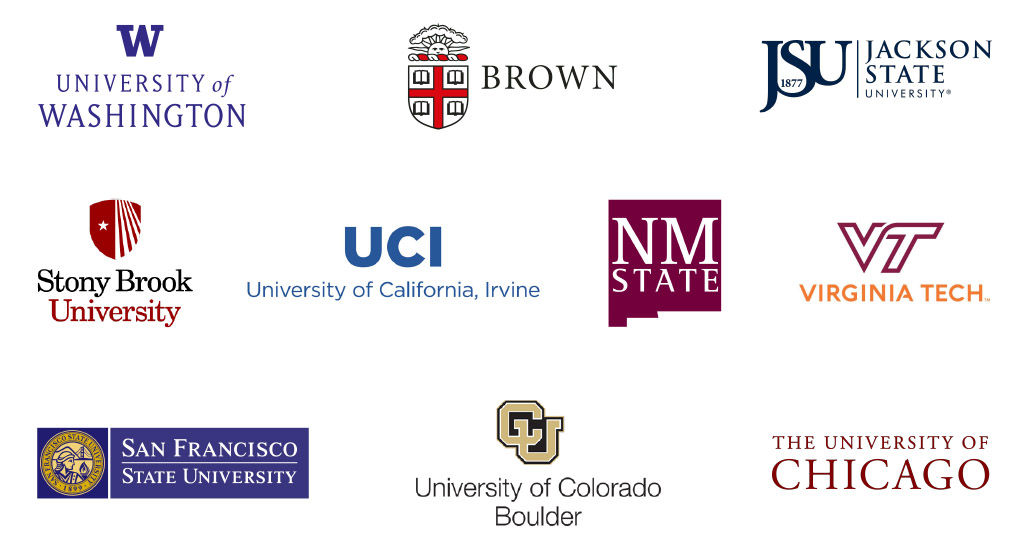New Battery Consortium to Improve Lithium-Ion Batteries
National laboratories, universities come together to solve cathode-electrolyte interphase challenges

The new Cathode-Electrode Interphase Consortium, led by Pacific Northwest National Laboratory, will focus on studying lithium-ion battery cathode materials and their interfaces in liquid electrolytes.
(Photo by Andrea Starr | Pacific Northwest National Laboratory)
A new Cathode-Electrolyte Interphase (CEI) Consortium, led by Pacific Northwest National Laboratory (PNNL), will focus on studying lithium-ion battery cathode materials and their interphases in liquid electrolytes at varied length and time scales—such as different states of charge and discharge. The consortium is sponsored by the Department of Energy’s (DOE’s) Vehicle Technologies Office and kicked off in January 2023.
More importantly, any new findings or hypotheses developed from this consortium will be validated at industry-relevant conditions to make sure results directly support the battery industry.
The consortium is specifically designed to study reactions initiating on the surfaces of cathode materials in contact with liquid electrolytes—considered the “blood” of batteries. The team will integrate various scientific tools across 10 DOE national laboratories and 10 universities to understand and address challenges of controlling the interfaces between the cathode material and electrolyte—one of the major components dictating performance of lithium-ion batteries— from different angles to accelerate development of new cathode materials, new electrolytes, and their interphases.

“The interphase between cathode and electrolyte has been studied for many years,” said Jie Xiao, the Battelle Fellow and PNNL battery expert who directs the consortium. “Our consortium will focus on understanding the gaps in knowledge between fundamental research and application of that knowledge in realistic batteries.”
“For example,” she said, “most CEI layers characterized in the past were formed from small, coin-sized cells flooded by electrolytes, usually much more than what is filled by commercial batteries. The CEI in flooded cells can repeatedly dissolve and reform, leading to many doubious results. Exploring how CEI layers look in real batteries and how they evolve in a lean electrolyte condition upon cycling will bring new insights. We will be applying scientific tools to address realistic challenges in battery research.”
The consortium will identify additional gaps in battery research and development and will evaluate them in experimental conditions relevant to industry applications. It serves as a platform for academic and industry researchers to quickly understand CEI properties and develop effective solutions to modify these properties for various battery applications.
In addition to advancing the science of battery development, the consortium’s mission includes a focus on developing scientific expertise in populations historically underrepresented in science. “Each national laboratory will be collaborating with at least one university partner that serves underrepresented or minority populations,” said Xiao. “In this partnership, the consortium provides an excellent opportunity to cultivate scientists, especially those from underrepresented groups, through scientific collaboration.”
Those institutions include Brown University, Jackson State University, New Mexico State University, San Francisco State University, Stony Brook University, University of California-Irvine, University of Chicago, University of Colorado-Boulder, University of Washington, and Virginia Tech.

The national laboratories include PNNL, Lawrence Berkeley National Laboratory, Argonne National Laboratory, Idaho National Laboratory, Oak Ridge National Laboratory, Brookhaven National Laboratory, Sandia National Laboratories, National Renewable Energy Laboratory, Lawrence Livermore National Laboratory, and the SLAC National Accelerator Laboratory.
Published: April 20, 2023